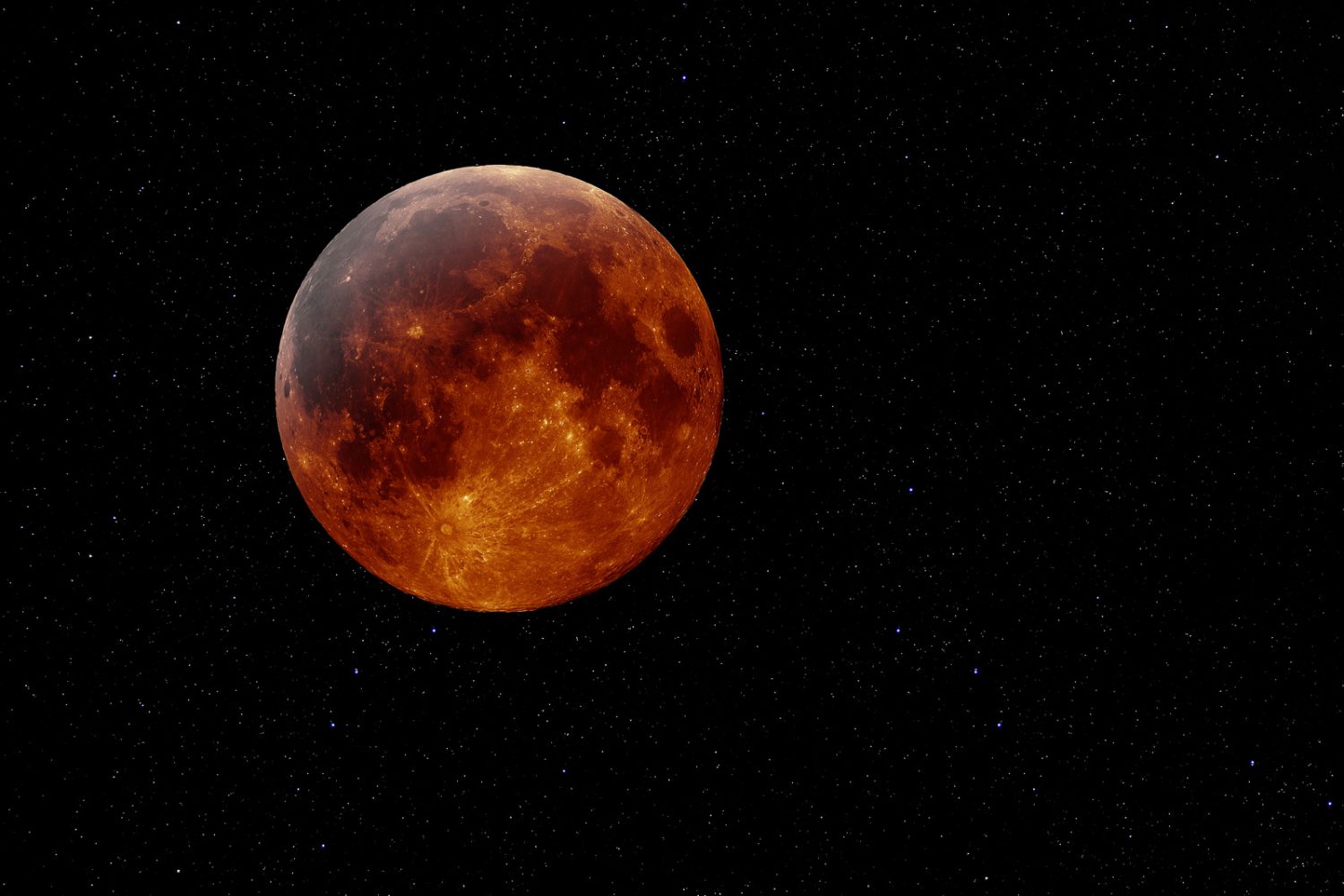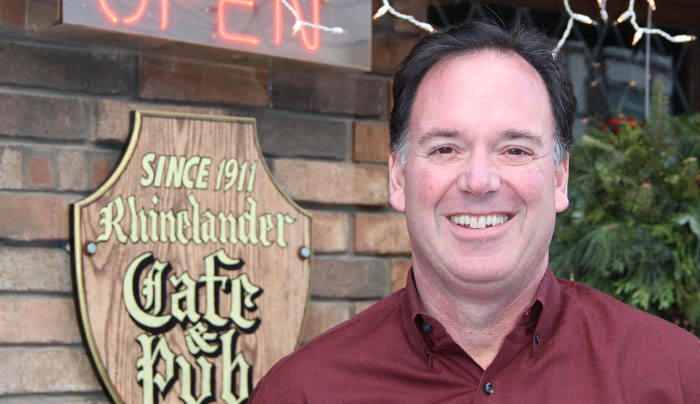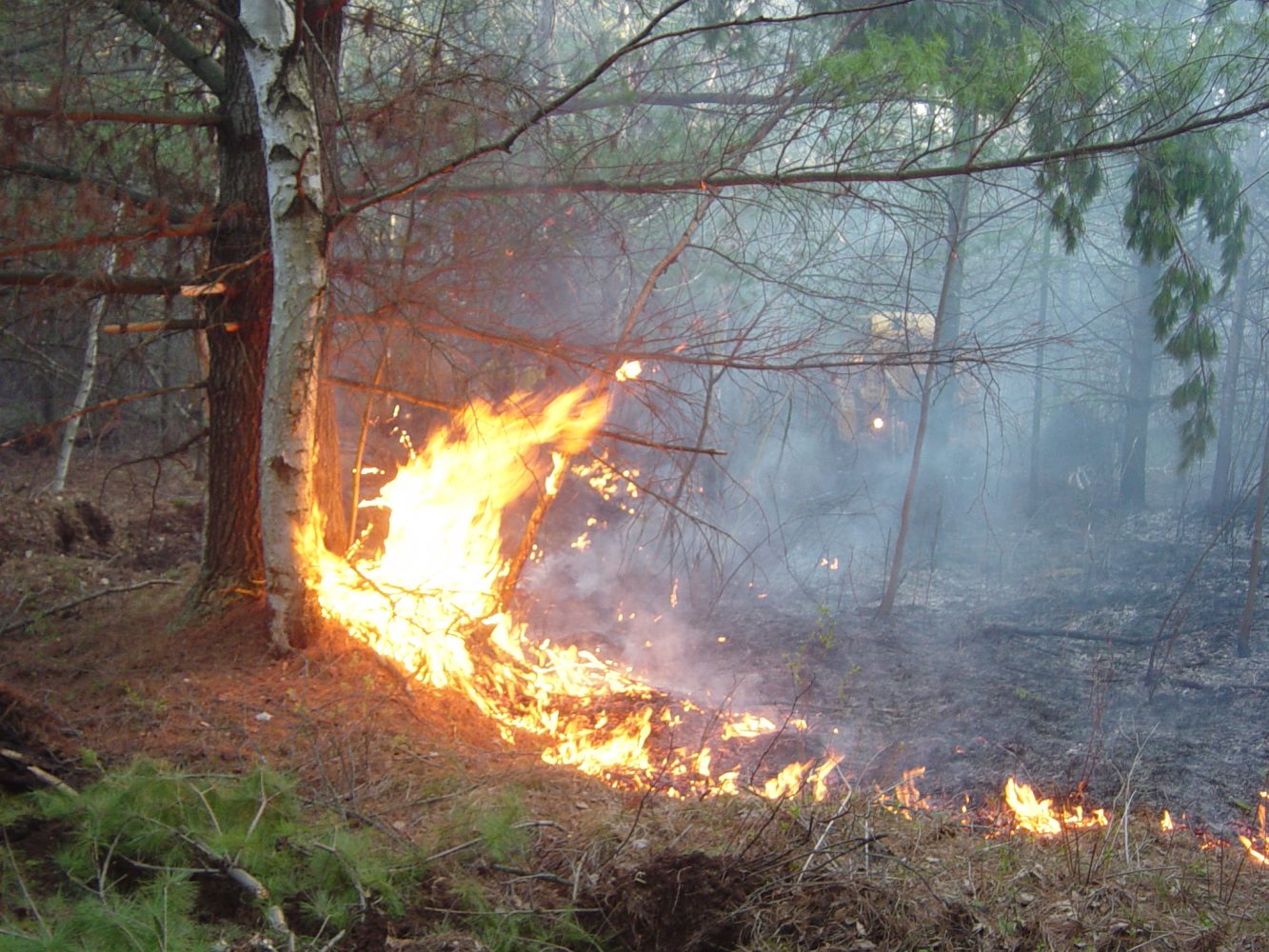SuperMOON: Planets align for rare lunar treat

By Eileen Persike
Editor
September 27 could be called Super Sunday in the Midwestern and Northeastern parts of the United States and other parts of the world. A rare celestial occurrence—a total lunar eclipse of a supermoon takes place between 7 and 9 p.m. central time Sunday evening.
The so-called “supermoon” happens a few times a year, and is when the full moon gets closest to the earth, the point called the “perigree.” The moon appears brighter and is about 14 percent larger than a normal full moon. During the fall season, it’s often referred to as a Harvest Moon.
“Because the orbit is elliptical it gets closer at one point in time; it hasn’t been this close for a long time,” said Rhinelander High School earth science and environmental science teacher Cheryl Esslinger. “It’s as close as the diameter of the earth away. It’s not magical; it just happens to be.
“An eclipse is when the moon is in the earth’s shadow. The sun is shining behind the earth and the earth shadows the full moon,” Esslinger said. During the period of time the full moon is shadowed, or totally eclipsed, it can have a red or copper color and is sometimes called a “Blood Moon,” which brings with it conspiracy theories and end of days prophecies.
To prepare her students for this first of their lifetime event, Cheryl Esslinger is having them research science and pseudo science to help sort out the conflicting information available.
“A lot of what we do is question what is real science,” according to Esslinger. “Science is based on facts, it’s based on what we have observed and can prove. Is this the end of the world? How many times have we predicted the end of the world by these events?”
A lunar eclipse by itself is not that uncommon, but having it happen when the earth is closest to the moon last occurred in 1982 and won’t happen again until 2033. A rarity only adds to the moon’s magical and mysterious qualities.
According to NASA, total eclipses of supermoons only occurred only five times in the 1900’s – in 1910, 1928, 1946, 1964 and 1982. This weekend’s event is the first in the 21st Century.
Additionally, the upcoming eclipse is the fourth and final total lunar eclipse in a series of four, called a lunar “tetrad,” a term referring to four total lunar eclipses happening every six months. The first three eclipses of the tetrad took place on April 15, 2014, October 8, 2014 and on April 4, 2015.
Since this unusual set of circumstances is taking place early in the evening, in their backyards and is visible to the naked eye, Rhinelander High School Earth Science students will be witnessing the show, making observations and preparing to discuss in class Monday. It could be something they and many others talk about for the rest of their lives.
SuperMOON
Planets align for rare lunar treat
By Eileen Persike
Editor
September 27 could be called Super Sunday in the Midwestern and Northeastern parts of the United States and other parts of the world. A rare celestial occurrence—a total lunar eclipse of a supermoon takes place between 7 and 9 p.m. central time Sunday evening.
The so-called “supermoon” happens a few times a year, and is when the full moon gets closest to the earth, the point called the “perigree.” The moon appears brighter and is about 14 percent larger than a normal full moon. During the fall season, it’s often referred to as a Harvest Moon.
“Because the orbit is elliptical it gets closer at one point in time; it hasn’t been this close for a long time,” said Rhinelander High School earth science and environmental science teacher Cheryl Esslinger. “It’s as close as the diameter of the earth away. It’s not magical; it just happens to be.
“An eclipse is when the moon is in the earth’s shadow. The sun is shining behind the earth and the earth shadows the full moon,” Esslinger said. During the period of time the full moon is shadowed, or totally eclipsed, it can have a red or copper color and is sometimes called a “Blood Moon,” which brings with it conspiracy theories and end of days prophecies.
To prepare her students for this first of their lifetime event, Cheryl Esslinger is having them research science and pseudo science to help sort out the conflicting information available.
“A lot of what we do is question what is real science,” according to Esslinger. “Science is based on facts, it’s based on what we have observed and can prove. Is this the end of the world? How many times have we predicted the end of the world by these events?”
A lunar eclipse by itself is not that uncommon, but having it happen when the earth is closest to the moon last occurred in 1982 and won’t happen again until 2033. A rarity only adds to the moon’s magical and mysterious qualities.
According to NASA, total eclipses of supermoons only occurred only five times in the 1900’s – in 1910, 1928, 1946, 1964 and 1982. This weekend’s event is the first in the 21st Century.
Additionally, the upcoming eclipse is the fourth and final total lunar eclipse in a series of four, called a lunar “tetrad,” a term referring to four total lunar eclipses happening every six months. The first three eclipses of the tetrad took place on April 15, 2014, October 8, 2014 and on April 4, 2015.
Since this unusual set of circumstances is taking place early in the evening, in their backyards and is visible to the naked eye, Rhinelander High School Earth Science students will be witnessing the show, making observations and preparing to discuss in class Monday. It could be something they and many others talk about for the rest of their lives.
Leave a reply
You must be logged in to post a comment.





